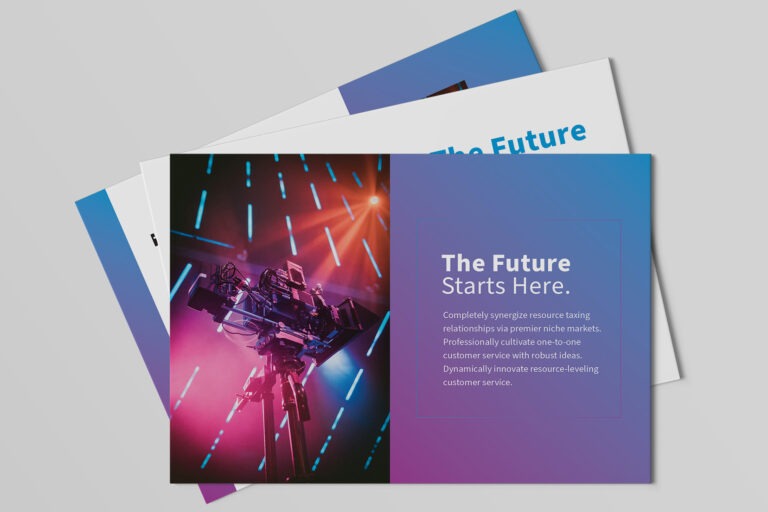10 Effective Digital Marketing Channels
In the ever-evolving world of online promotion, understanding the most effective digital marketing channels is key to staying competitive. Whether you run a small local business or a growing eCommerce brand, leveraging the right digital channels in marketing can significantly improve your reach, engagement, and conversion rates.
In this blog, we’ll answer the question: what are digital marketing channels, and provide actionable insights on how to use them effectively.
What Are Digital Marketing Channels?
Digital marketing channels are platforms or tools that businesses use to communicate with their audience online. These channels include everything from social media to email marketing and paid advertising. Knowing how to choose and optimize these channels can make or break your marketing strategy.
Let’s explore the 10 most impactful digital marketing channels and how to use each one to your advantage.
1. Search Engine Optimization (SEO)
SEO remains one of the most powerful digital marketing channels. It involves optimizing your website and content to rank higher on search engines like Google.
How to use it:
- Focus on keyword research and intent
- Create high-quality, relevant content
- Optimize meta tags, headers, and image alt texts
- Improve site speed and mobile usability
2. Email Marketing
Often underrated, email marketing has one of the highest ROIs among all digital channels in marketing.
How to use it:
- Build segmented email lists
- Send personalized, value-driven messages
- Automate campaigns like welcome emails, cart abandonment, and follow-ups
- Track open rates, CTRs, and conversions
3. Social Media Marketing
Social media platforms like Facebook, Instagram, LinkedIn, and TikTok are essential for brand awareness and audience engagement.
How to use it:
- Choose platforms based on your audience
- Post consistently with a content calendar
- Use paid ads to boost reach
- Engage with followers through comments and messages
4. Pay-Per-Click (PPC) Advertising
PPC, especially on Google Ads and social platforms, offers instant traffic and visibility for specific keywords or audiences.
How to use it:
- Set a clear budget and goal (leads, traffic, or sales)
- Create compelling ad copy and visuals
- Use A/B testing to optimize campaigns
- Monitor metrics like CPC, CTR, and ROAS
5. Video Marketing
Video is quickly becoming one of the most consumed forms of content across all digital marketing channels.
How to use it:
- Create short-form content for social media (Reels, Shorts)
- Publish tutorials, testimonials, or product demos
- Optimize titles and descriptions for search (YouTube SEO)
- Embed videos in blog posts and landing pages
6. Content Marketing
High-value content builds trust, improves SEO, and supports other digital channels in marketing.
How to use it:
- Write blogs, case studies, whitepapers, and guides
- Use content to answer customer questions and pain points
- Promote content via social media and email
- Repurpose content into videos, infographics, and emails
7. Influencer Marketing
Collaborating with influencers is one of the newer but highly effective digital marketing channels for audience trust and reach.
How to use it:
- Identify influencers aligned with your brand
- Create clear, authentic campaign goals
- Track conversions and referral codes
- Prioritize long-term relationships for better impact
8. Affiliate Marketing
Affiliate marketing uses third parties to promote your products in exchange for a commission. It’s performance-based and scalable.
How to use it:
- Recruit affiliates or join affiliate networks
- Provide creatives and tracking links
- Offer competitive commissions
- Track conversions and performance metrics
9. Display Advertising
Banner ads, remarketing, and programmatic ads help retarget visitors and create brand awareness.
How to use it:
- Use Google Display Network or Meta retargeting
- Design eye-catching, branded banners
- Target based on behavior, location, or interests
- Test ad placements and formats for performance
10. Local SEO & Listings
For local businesses, optimizing local listings is one of the most essential digital channels in marketing.
How to use it:
- Claim and optimize your Google Business Profile
- Get listed on local directories (Yelp, Bing Places
- Collect positive customer reviews
- Include NAP (Name, Address, Phone) consistency across platforms
Final Thoughts: Choosing the Right Channels
You don’t need to use all digital marketing channels at once. Start with 2–3 based on your business goals, budget, and audience, then scale as you gather data. The most successful brands combine organic and paid channels to build brand equity and generate revenue.
If you’re still wondering what are digital marketing channels that work best for your business, the experts at Direct Graphix can help create a tailored strategy that delivers results.
FAQs Section (with optimized answers)
Q1: What is cost-effective digital printing?
A1: Cost-effective digital printing is a modern printing method that delivers high-quality prints at a lower cost by eliminating setup fees and enabling short print runs. It’s ideal for businesses needing affordable and efficient printing solutions.
Q2: How fast is the turnaround for digital printing?
A2: Digital printing offers a quick turnaround, often delivering prints within 24 to 48 hours, making it perfect for urgent projects and last-minute updates.
Q3: Can digital printing produce high-quality prints?
A3: Yes, modern digital printers produce sharp, vibrant, and consistent prints that rival traditional offset printing, suitable for marketing materials, business cards, and more.
Q4: Is digital printing cost-effective for large print runs?
A4: Digital printing is most cost-effective for small to medium runs (up to around 1,000 copies). For very large print runs, offset printing might be more economical.
Q5: Can digital printing handle personalized print jobs?
A5: Absolutely! Digital printing excels at variable data printing, allowing for customization such as personalized direct mail or unique product labels with no additional cost.






